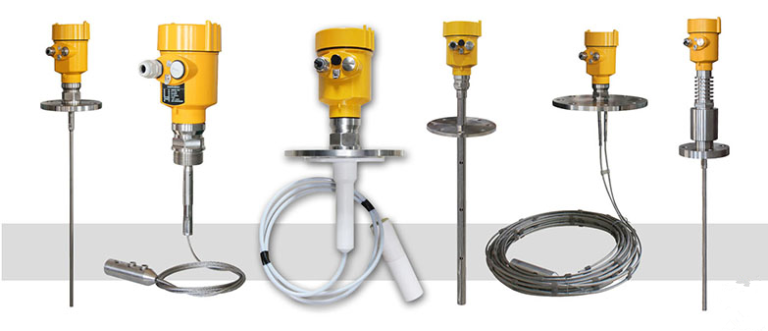A radar level meter is a common measurement instrument used to measure the height or position of materials, liquids, etc. When applied to the blow-dry cell of a cooker, it can achieve non-contact measurement by emitting microwave signals, which not only improves safety but also reduces work intensity. However, the radar level meter also faces some challenges in the process of measuring the boiler blow-dry cell.
First of all, the cooker blows dry cell is characterized by high temperature and high humidity compared to other materials. In this environment, the radar level meter needs to have good anti-interference performance to ensure the correct measurement of the water level in the blow-dry cell.
Secondly, the biggest difficulty in measuring the steamer blow-dry cell is that its surface is not smooth and flat, but has irregular concavities.
This makes the radar level meter need to have a certain signal processing capability to be able to accurately identify and record the microwave signal reflected from the bottom of the pool. In response to these challenges, some manufacturers have introduced radar level meters specifically designed to measure cooker blow-dry pools.
These products have higher interference immunity and signal processing capability to ensure accurate measurement of the water level in the blow dry cell in high temperature and high humidity environments.

Equipped with a high-performance antenna and powerful signal processing system, the radar level meter is able to measure the height of the blow-dry cell up to 15 meters. In addition, it is equipped with a variety of communication methods and equipment monitoring functions, making it easy for users to monitor and manage the status of the blow-dry cell in real time.
A pharmaceutical company needs to continuously process herbs through a steamer during the production process. During the steaming process, the moisture of the herbs needs to be removed through the blow-dry cell before the herbs can be processed in the next step. Therefore, the water level in the blow dryer is very critical to the production process.
In order to better control the production process and ensure the quality of the products, the company decided to introduce radar level meters to measure the water level in the blow dry tank. First, the engineers explored the site and took a brief look at the cooker and the blow dryer.
They found that the surface of the blow-dry pond was irregular and that the ambient temperature was high and the humidity was high. Therefore, the radar level meter needed to be able to adapt to this environment and be able to maintain high-accuracy measurements.

During the installation and commissioning process, the engineers adjusted the measuring range of the radar level meter according to the needs of the production process and conducted several tests to ensure the accuracy met the requirements. In the end, the accurate measurement of the water level in the blow dryer was successfully achieved and the company’s production process was better controlled, improving the quality and safety of the product.
This case shows that the radar level meter has important application value when measuring the boiler blow dry tank. Although difficult to measure, by selecting the right radar level meter, commissioning and testing it on site, efficient measurements can be achieved and the production process optimized.

In fact, the measurement of the cooker blow dry tank is not limited to radar level meters. For example, ultrasonic level meters and capacitance level meters on the market can also be used to measure the water level in the blow dry tank. However, in comparison, radar level meters are more reliable in measurement, have higher immunity to interference and a larger range, and are more suitable for applications in complex environments. The specific choice should be considered in the light of the actual situation.
